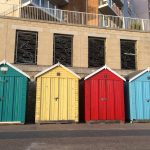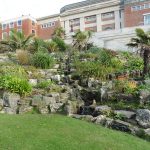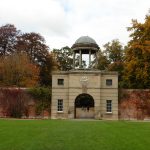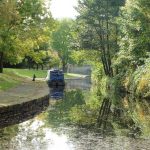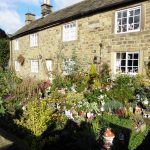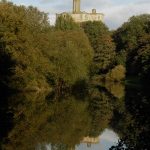Waking up to a beautiful sunny day, we decided to spend the day exploring a few different parts of the Cotswolds
Hidcote Manor Gardens
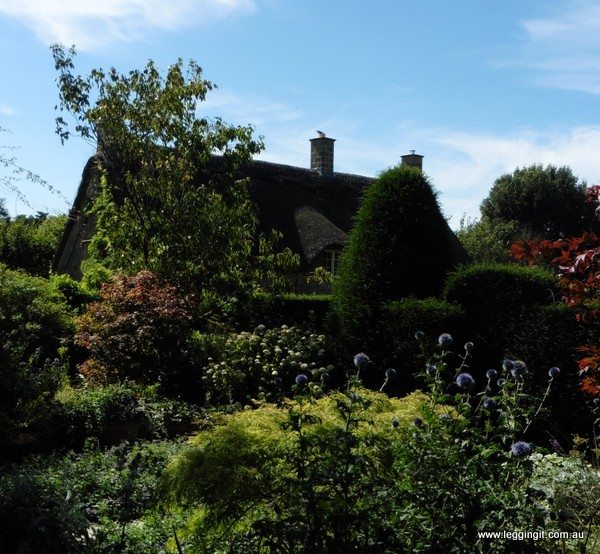
On our second day in the Cotswolds we visited Hidcote Manor Garden, near Chipping Campden, in Gloucestershire. It’s quite a new garden in comparison to some we’ve visited and is quite well known throughout Britain. Judging by the crowds of people throughout the gardens it’s quite well visited as well.
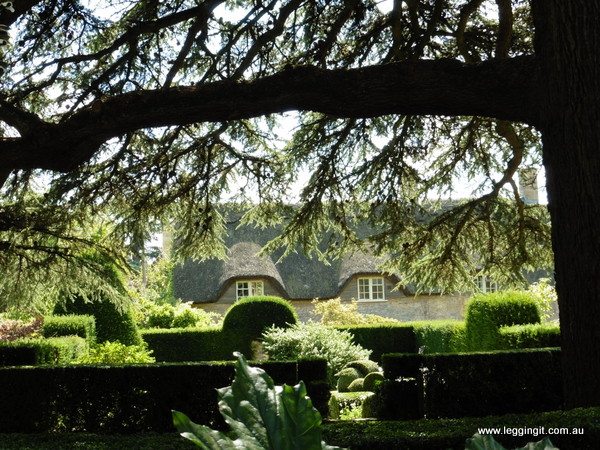
The gardens at Hidcote were the work of Lawrence Johnston who began the transformation of the estate in around 1910. His mother had bought Hidcote Manor Estate three years before and he soon laid out the new gardens replacing the old fields. Lawrence Johnston was known to be almost a recluse after previously fighting in the Boer War and his gardens became his escape.
Within 10 years he had developed the gardens to a state which would employ 12 gardeners employed full-time. Hidcote Manor Garden is broken up into a series of gardens separated by hedges. Lawrence Johnston collected rare and exotic plants with friends travelling to distant places collecting seeds.
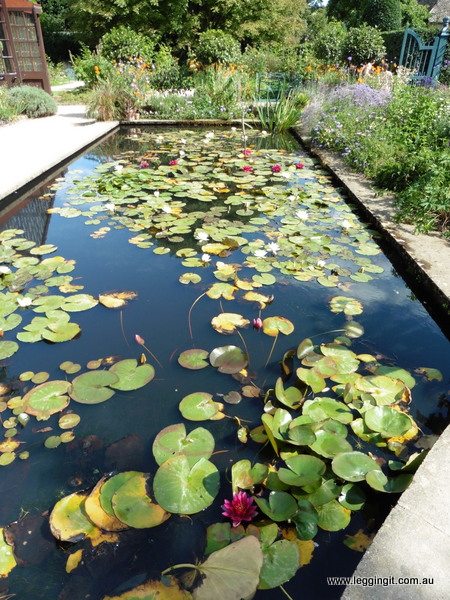
It’s quite fascinating wandering through the gardens with each garden a different theme. There were typical English gardens full of colour from mass plantings, fountain gardens, creekside meanders and formal hedged gardens. There were also woodland walks, leafy pergolas, exotic hothouses and large walled vegetable gardens. A real variety of gardens with different themes.
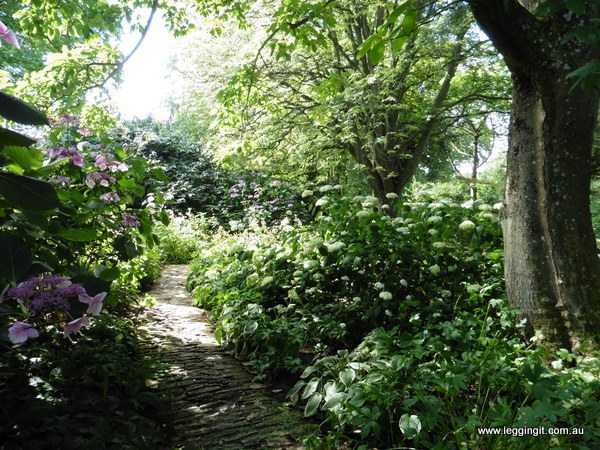
As it was hot and sunny lots of people had descended on Hidcote Manor Gardens and many were siting on blankets enjoying picnics. The cafe which is housed in one of the outer buildings was just jam-packed with people enjoying food and the sun.
Hidcote Gardens are open year round and cost £10.90 to visit (Free with National Trust Membership)
Postcode: GL55 6LR
Chipping Camden, The Cotswolds
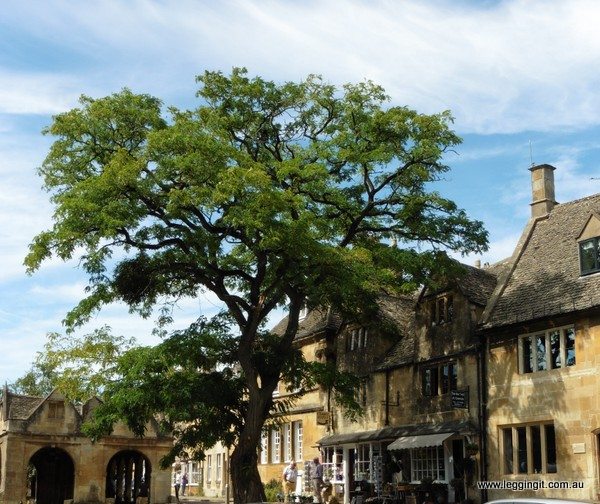
Chipping Camden is a small market town with lots of old buildings built from Cotswold stone. It’s the local honey coloured limestone which is used throughout the Cotswolds. Whenever you see a picture of the Cotswolds these limestone buildings are the main feature.
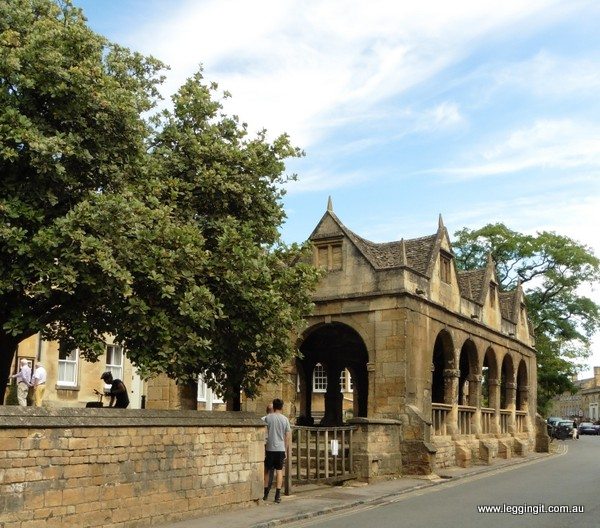
The old Market Hall in the centre of the Main Street is one of the oldest in the Cotswolds. It was built in 1627 from local stone. The Cotswolds had a huge economic boom during the middle ages thanks to wool and with the wealth new buildings were constructed.
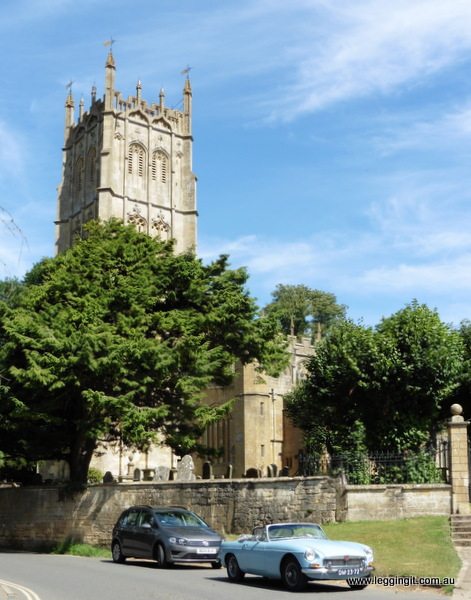
On the rise near the centre of Chipping Camden is St James Church. Built in 1500, it has here that we learnt a new term to describe a church. St James Church is known as a Wool Church. Basically what that means is that the church was built by a local merchant family who were promised entry into heaven. It was built in a perpendicular Gothic style with a 120foot tower attached.
On display in the church are medieval altar fronts dating from the 1500’s and a priests cope from the 1400’s. It’s quite amazing seeing cloth of this age still preserved. In the church theres an elaborate monument to Sir Baptist Hicks a rich local silk merchant whose good deeds included the building of almshouses to house six single men and six single women.
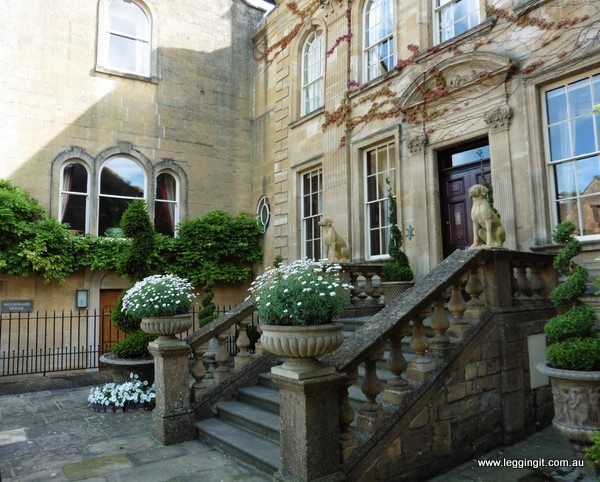
Walking along the High Street we were amazed at the beautiful old buildings many with wisteria growing on the facade. There were lots of old pubs with low ceilings and quaint atmospheres.
The Old Guild Hall near the Market Hall had a display of arts and crafts created by local artists. There was a number of stands with jewellery, weaving, ceramics, painting. The sort of items which have you thinking I wonder if I could create something like that.
Broadway, The Cotswolds
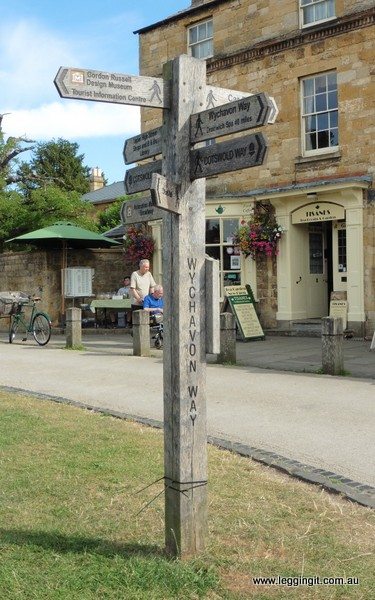
After a lap around the town we headed to Broadway, one of the towns suggested to us by the barman at the Bell Inn yesterday. Broadway is aptly named as the High Street which runs up the hill is really wide hence “Broad” “Way”.
The wide street is lined with lovely old limestone buildings housing restaurants, cafe’s and lots of boutique type shops. The Lygon Arms at the bottom of the street has a long history. King Charles II was said to have slept there. His enemy, Oliver Cromwell also slept there on the night before the Battle of Worcester when his parliamentary army defeated King Charles II’s royalist army.
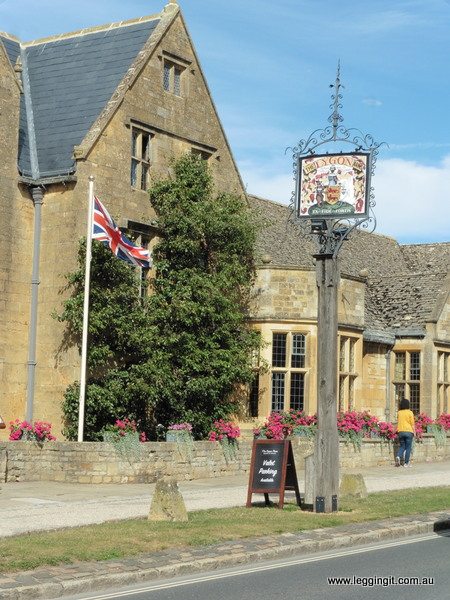
Wandering through Broadway it’s easy to see why people love this little town. Narrow lanes lead to little boutique shops selling all sorts of hand made goods. It’s one of those places where around every corner there’s something else to discover.
Broadway Tower
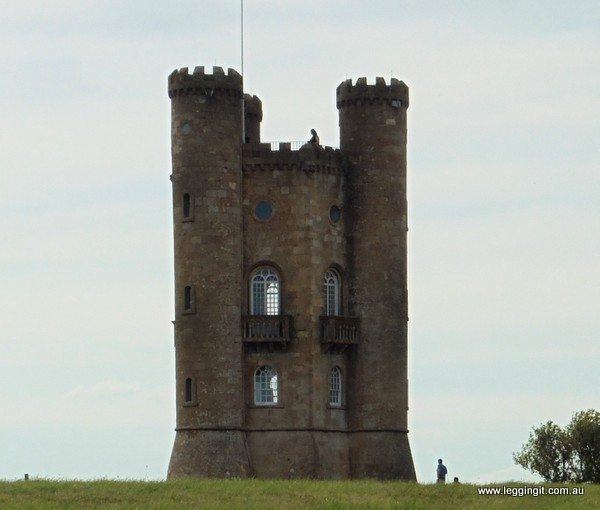
On the hill overlooking Broadway we stopped off at Broadway Tower. Built in 1798 it was the idea of Capability Brown who suggested to the Earl of Coventry to build the tower. Well known architect James Wyatt designed the tower to look ancient with Saxon arched windows and entry. It’s quite an unusual tower as it has three round towers surrounding a central hexagonal tower. It was almost like a folly which was quite a popular trend at the time. The tower was built on the site of an ancient beacon which was said to be visible from the Coventry’s other estate Croome Court in Worcester. When the beacon was lit the story was confirmed. We’ve visited Croome Court and were amazed, as it seems so far away. On a clear day 16 counties can be seen from Broadway Tower.
Broadway Tower was sold to Sir Thomas Phillips in 1827, and he housed his printing press here plus a collection of 60,000 manuscripts (the largest collection in the world at the time).
After visiting here some fifty years later William Morris became inspired to found the Society for the Protection of Ancient Buildings.
As expected it was used during the war as an observation post and during the Cold War it monitored nuclear fallout. It even has a Nuclear Bunker nearby which was operational until 1991. The National trust now operate the tower.
As expected the views were amazing but with night approaching it was time to head back to Charlbury. Funnily enough at the Bell Inn we met up with fellow Aussies and Kiwis. It was fascinating finding out about their travels and getting a few tips of places to visit. Tomorrow we head back to London to meet our daughter who’s doing a European trip.

